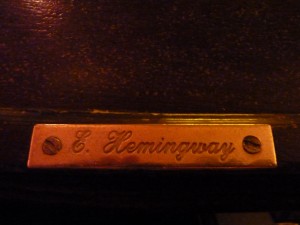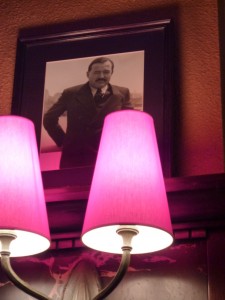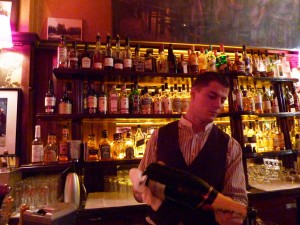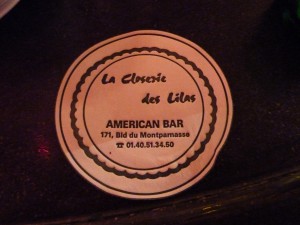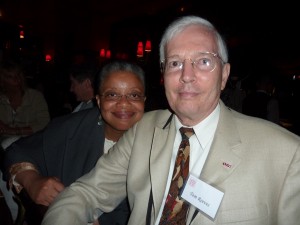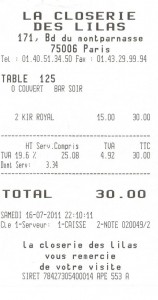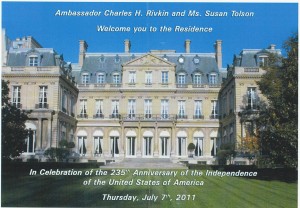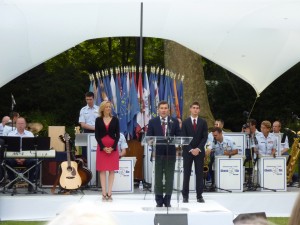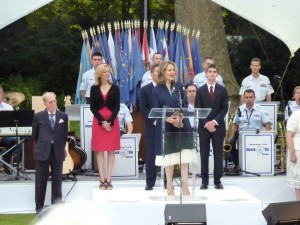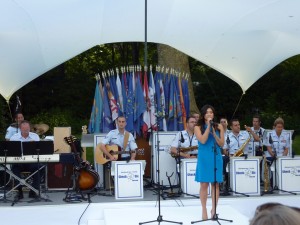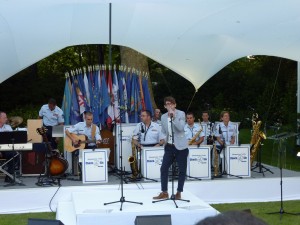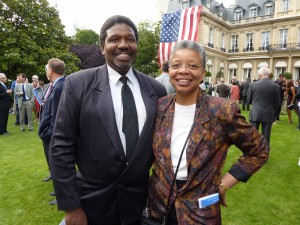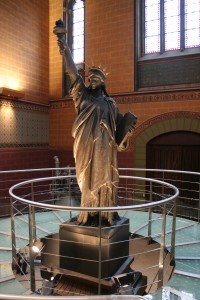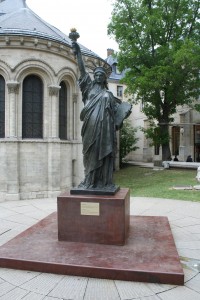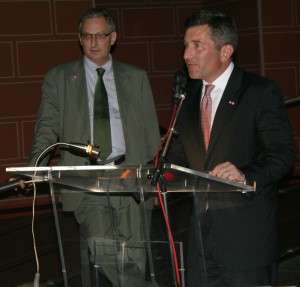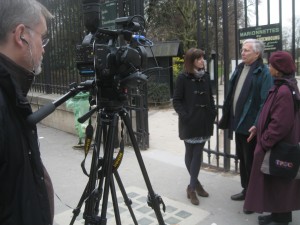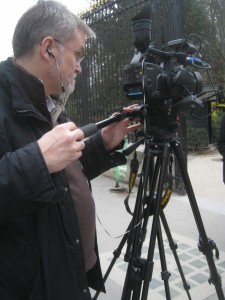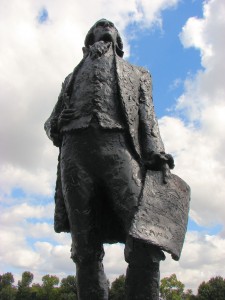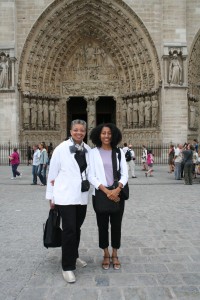
Monique Y. Wells (left) and
Francine Allen (right)
at Notre Dame Cathedral
Photo by www.DiscoverParis.net
The Eiffel Tower scales the sky.
Yet, its height is easily matched by depth—the depth of history held by the city in which it stands: Paris.
The buildings and streets of Paris tell a deep and rich history of the African-American experience, a history that Monique Wells and Tom Reeves of Discover Paris! helped me to discover. Their meticulous tour planning enabled me, as a first-time visitor, to travel with ease throughout Paris, learning of African-American history in a context and setting far beyond the U.S. border.
Touring Paris
Initially, the prospect of using the Paris metro system to tour the City was intimidating, an intimidation compounded by my very limited French-speaking ability. However, when Monique Wells walked with me to the metro station soon after my arrival in the City and showed me how to read the metro maps, her quick lesson in metro map-reading made it possible for me during the remainder of my time in Paris to ride the metro confidentially, visiting all of the tour sites outlined in the personalized schedule that she and Tom helped me design. My confidence and comfort level in Paris were further boosted by the fact that the metro system was only a very short walking distance from the quaint and comfortable hotel that Monique and Tom found and booked for me long before my arrival in the City.
After leaving Paris, I traveled to the southern part of France, to the hilltop village of St. Paul de Vence, where novelist and essayist James Baldwin lived and died. Here again, Discover Paris! made my travel to the village smooth, finding drivers who were both punctual and kind as they transported me between the train station and my hotel in Nice, and later, between the train station and the airport in Paris.
Learning of the African-American Presence in Paris
The ease with which Discover Paris! enabled me to travel throughout Paris and to other areas of France allowed me to focus on my primary purpose for visiting the City—delving into the African-American experience in the City. As Monique revealed in her tour, this experience is wide and deep, with building after building in Paris testifying to the black presence in Paris. There stands, for instance, the Casino de Paris where Josephine Baker performed. Then, among the never-ending array of Paris cafes sits the famous Café de Flore where, in one of its upper rooms, James Baldwin wrote Go Tell It on the Mountain. Along a road running by the cabaret Moulin Rouge arises the residence where Langston Hughes lived briefly. Beyond these buildings, there stand other buildings and areas that testify to the many lesser-known African Americans who also lived in the City, opening businesses in Paris at a time when doing so would have been unheard of in the United States.
This legacy, this historical fact of the black presence in Paris is not merely a matter of history. African Americans are still living and working in Paris, as is the case of novelist Jake Lamar. After Discover Paris! set up an interview for me with Lamar, I learned from this Bronx native who has chosen to make his home in Paris that, for him, one main attraction of the City is the love Paris shows the literary artist, regardless of his or her level of notoriety. This stands in contrast, Lamar says, to the U.S., which tends to give greatest attention to the most acclaimed literary artists.
Understanding the Global Nature of the African-American Experience
In creating a uniquely designed tour for me, Discover Paris! helped me to think of Paris beyond mere stereotypical images. Rather, I came to see how the City itself enriches the study of African-American history in three key ways. First, it reveals the very global nature of the African-American experience and the way in which this experience, in order to be fully understood, must be considered, studied, and explored beyond the borders of the United States. Secondly, the City highlights how the global aspect of the African-American experience includes not only Africa but Europe as well. Finally, the City’s history suggests that the pursuit of freedom continues to characterize the African-American experience, whether that pursuit is prompted as it was decades ago by a desire to escape segregation and Jim Crow or whether it is inspired today by the simple pleasure of freely enjoying life in a nation different from one’s birth.
We wish to thank Francine Allen for contributing this article to our blog.
For information about our African-American history in Paris tours, follow this link.

